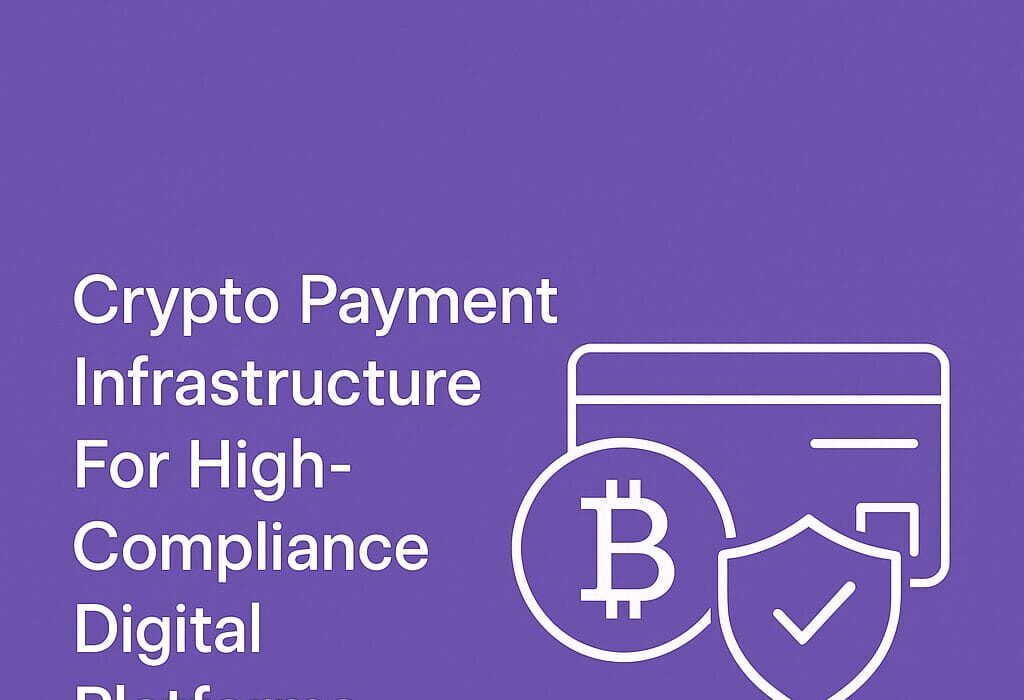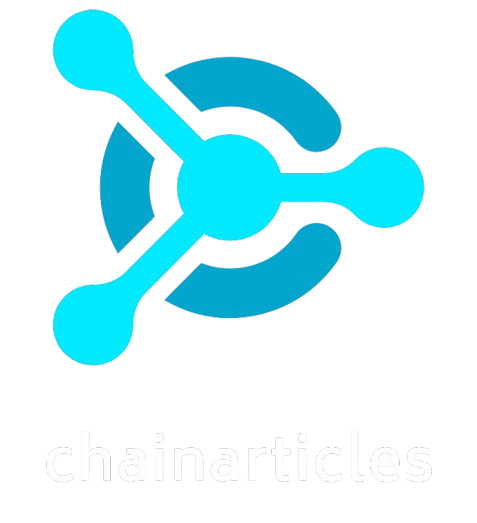Modern digital platforms live or die by payments. Teams want fast settlement, transparent controls, and clear routes to compliance. Many now evaluate turnkey stacks, including a robust casino software solution, to benchmark uptime, wallet orchestration, and risk tooling—even when their use case sits outside traditional “gaming.” Why? These stacks were stress-tested at scale and can harden a platform’s financial backbone. Providers like NuxGame are often considered precisely because they pair operational maturity with strong compliance documentation and battle-tested reliability.
Why Stablecoin Rails Keep Winning
Stablecoins shrink fees, speed up global transfers, and settle near-instantly, which reduces counterparty risk in multi-party flows. That combination helps platforms unlock new markets while keeping operating capital nimble. Businesses are also relying on stablecoins for predictable payments, supplier allocations, and blockchain-based transaction reconciliation, allowing for faster book closing than legacy systems. The end result is a cleaner and quicker treasury cycle.
The UX Dividend Of Layer-2 Networks
Fees matter to customers, but so does latency. Layer-2 networks increasingly function as “highways” for stablecoin payments, smoothing user experience during peak demand. That means fewer cart abandons, cleaner retries, and better mobile performance during congested windows. Low friction at checkout compounds into higher conversion and stronger retention—wins that finance and product teams both notice.
Compliance First: Building Trust Before Growth
Growth stalls without trust. Platform operators, therefore, map AML/KYC programs to current FATF guidance, implement the Travel Rule where applicable, and document audit-ready processes. Regulators and banking partners look closely at these controls, especially when fiat on- and off-ramps are involved. Clear policies reduce license risk, protect users, and preserve critical payment partnerships over time.
What Auditors, Banks, And Users Expect
Independent attestations and proof-of-reserves style disclosures bolster transparency, though they’re not a substitute for full financial audits. Snapshot attestations can reassure users during volatility, but operators should communicate scope and limits plainly to avoid confusion. Done right, these artifacts strengthen credibility with counterparties and keep the narrative focused on safety and sound operations.
Balancing Innovation With Guardrails
Innovation moves fast; oversight evolves, too. Policymakers keep updating expectations for crypto-adjacent payments, from data sharing standards to consumer protections. Operators should expect scrutiny of reserve design, disclosure quality, and risk monitoring. That’s not a roadblock. Treated as design constraints, these rules can guide better product choices and cleaner incident response playbooks from day one.
Why Stablecoins Still Draw Debate
Stablecoins aren’t a silver bullet. Central banks and international bodies question their performance as “money” and highlight operational and integrity risks. The takeaway for developers is simple: combine stablecoins with disciplined treasury policies, strong counterparties, and contingency plans. Use them where they shine—speed and interoperability—without relying on them for everything.
A Practical Blueprint For Payment Readiness
Launching or upgrading payment infrastructure touches policy, product, and engineering. Teams that ship reliably follow a pragmatic playbook. They prioritize regulatory alignment, fit-for-purpose chains, and partners who can prove uptime and support. They also build observability across the stack to diagnose issues quickly. That proactive posture pays dividends during traffic spikes and audits alike.
Checklist you can start today:
- Map AML/KYC controls to FATF and local rules; document the Travel Rule approach.
- Choose stablecoins with clear reserve disclosures; plan for attestation cadence and messaging.
- Pilot Layer-2 rails for payouts and refunds; measure latency, cost, and failure patterns.
- Align providers on uptime SLAs, incident communications, and escalation paths before go-live.
- Keep a compliance change log to satisfy partners, banks, and future regulators.
Partnering For Speed Without Cutting Corners
Specialist vendors can accelerate delivery when teams need wallet management, reconciliation tools, and risk workflows that work on day one. If crypto payments are on the roadmap, evaluate how providers handle KYC orchestration, Travel Rule messaging, and transaction screening. Look for clear documentation, firm support, and evidence of real-world stress tests in complex environments. Experienced suites like NuxGame can also reduce integration risk by offering prebuilt modules and reference architectures for regulated environments.
Where Bitcoin Fits In The Mix
Bitcoin still matters for brand and liquidity, especially when paired with stablecoin rails for operations. Some platforms explore dedicated stacks that streamline BTC acceptance while preserving settlement hygiene and analytics. When evaluating these options, check fee processing, batch processing strategies, and reporting integration so that finance teams have a single source of reliable information. A focused BTC stack, such as the one offered by NuxGame, can help teams accept Bitcoin while maintaining consistent reconciliation and control surfaces across payment methods.
Bringing It All Together
Digital platforms win when payments feel invisible and controls feel natural. Mature stacks combine high-speed settlement, thoughtful compliance, and honest transparency. If you’re benchmarking vendors, include a proven bitcoin casino solution in your research to evaluate orchestration depth, reporting, and support maturity. You’ll learn where your requirements push the limits—and which partners are ready now.
Conclusion: Build For Trust, Then Scale
The recipe isn’t mysterious. Favor stable, low-latency rails. Treat compliance as a design principle. Publish the proper disclosures, and explain their scope clearly. Choose partners who can show receipts under pressure. Do that, and your platform earns the most valuable asset in fintech and Web3: durable trust that compounds with every transaction.







